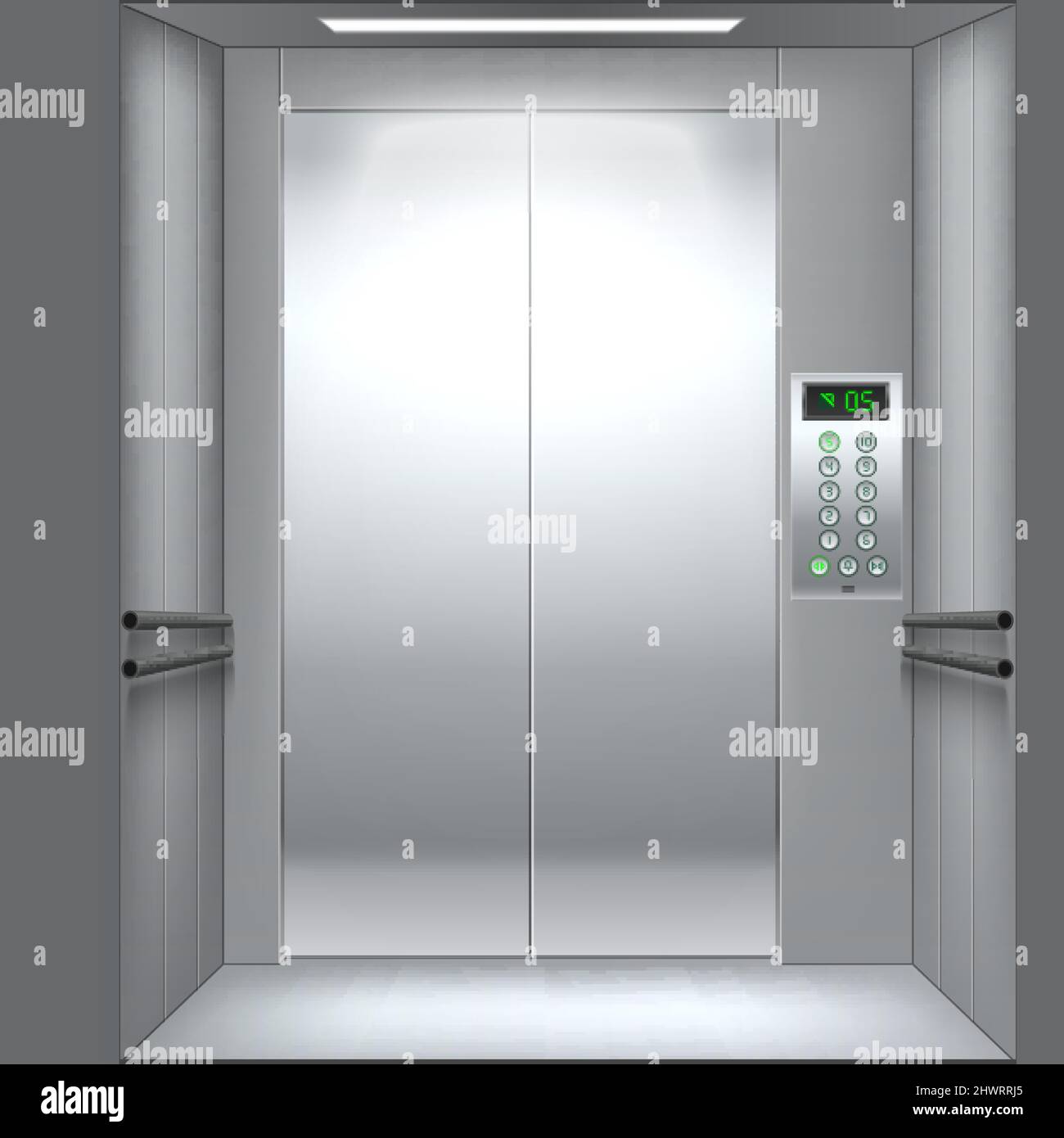London Lift Company: Relied On Professionals for All Your Vertical Transportation Demands
London Lift Company: Relied On Professionals for All Your Vertical Transportation Demands
Blog Article
Looking Into the Globe of Elevators: Usual Problems Dealt With by Numerous Lift Systems
As we browse with the upright transport systems of modern buildings, lifts attract attention as an important component of our every day lives. However, behind their smooth operation lies a world of complex mechanisms that can occasionally experience challenges. From hydraulic elevators to grip systems and machine-room-less layouts, each lift type comes with its set of typical concerns. Understanding these obstacles is vital for guaranteeing the smooth functioning of these vital systems. Let's check out the complexities that underlie the operation of lifts and the possible issues that can occur, losing light on the elaborate web of lift systems.
Hydraulic Elevators
Hydraulic elevators, often liked for low-rise structures, utilize fluid pressure to manage the motion of the lift car (lift repair companies). This device entails a hydraulic pump pushing oil right into a cylinder, causing the lift to relocate the wanted direction. While hydraulic elevators are recognized for their smooth and quiet operation, they do feature their very own collection of typical issues
One widespread trouble with hydraulic lifts is oil leakage. The seals in the hydraulic system can put on out over time, leading to oil infiltration. This not just develops a mess but can also affect the elevator's efficiency if left unaddressed. Furthermore, concerns with the control system, such as damaged shutoffs or a malfunctioning pump, can trigger disturbances in the lift's activity.
Routine upkeep and timely repair services are vital to make certain the smooth performance of hydraulic lifts. By resolving these typical problems proactively, building proprietors can lessen downtime and guarantee the safety and effectiveness of their vertical transport system.
Grip Lifts
When considering vertical transport systems in buildings, one more usual type other than hydraulic elevators is the grip elevator. Traction lifts run utilizing a system of ropes and counterweights that relocate the elevator cars and truck by clutching onto the hoist ropes. This system enables smoother and faster vertical transport compared to hydraulic systems.
Among the typical problems encountered by grip elevators is rope wear. The constant movement of the ropes within the traction system can bring about use and tear with time, potentially creating the elevator to malfunction or end up being unsafe for use. Routine examinations and maintenance of the ropes are important to ensure the lift's proper performance and safety.
Another issue that traction elevators might experience is connected to the control system. Issues with the control system can cause problems such as irregular motion, hold-ups in response times, and even total shutdowns. Routine screening and upkeep of the control system are critical to stop such problems and guarantee the elevator's reliability.
Machine-Room-Less (MRL) Lifts

Among the key parts of MRL elevators is the compact gearless traction device that is mounted within the hoistway. This device efficiently drives the elevator vehicle without the need for large equipment found in traditional grip lifts. Additionally, MRL elevators commonly utilize a counterweight system to stabilize the cars and truck, further boosting their energy performance.
Despite their benefits, MRL elevators may face obstacles connected to maintenance and repair as a result of the restricted space for equipment installment. Access for servicing parts within the shaft can be restricted, needing specialized training for service technicians. Correct upkeep routines and normal assessments are critical to check my site make certain the continued smooth operation of MRL elevators.
Overloading and Weight Limit Issues
Straining and weight limitation concerns are important issues in elevator operations. Lift manufacturers design raises with certain weight capabilities to ensure guest safety and security and devices longevity.
When lifts are strained, it puts extreme pressure on the electric motor, cable televisions, and various other parts, possibly creating malfunctions or breakdowns. If they find excess weight, safety systems such as sensors and overload sensors are in area to avoid lifts from moving. Additionally, going beyond weight restrictions can cause enhanced energy consumption and wear and tear on the elevator system.
To minimize overwhelming issues, constructing managers ought to plainly present weight limitations in lifts and educate owners on the relevance of adhering to these limitations - lift repair companies. Routine upkeep checks by qualified technicians can additionally help make sure that lifts are running within risk-free weight specifications. By dealing with overloading and weight limit concerns proactively, structure owners can enhance lift security and effectiveness
Electrical System Failings
Surpassing weight restrictions in elevators can not just lead to mechanical issues however also potentially add to electric system failures within the lift facilities. Electric system failings are an essential concern in lift operation, as they can create unanticipated closures, breakdowns, or also safety hazards.
Regular you can try here maintenance and inspections are essential to recognize and deal with potential electrical problems promptly, guaranteeing the risk-free and efficient operation of elevator systems. By sticking to weight limitations and performing routine electrical system checks, building proprietors can alleviate the danger of electric failings in lifts.
Final Thought

Hydraulic lifts, typically liked for low-rise buildings, utilize fluid stress to regulate the motion of the lift auto.When thinking about upright transport systems in buildings, another common kind apart from hydraulic elevators is the traction lift. Traction elevators run using a system of ropes and weights that relocate the elevator car by i was reading this gripping onto the hoist ropes. Unlike conventional lifts that require a separate maker space to house the equipment, MRL lifts integrate most of the parts within the shaft, eliminating the requirement for a committed equipment space.In verdict, elevators face typical issues such as hydraulic malfunctions, traction system failings, and electric system problems.
Report this page